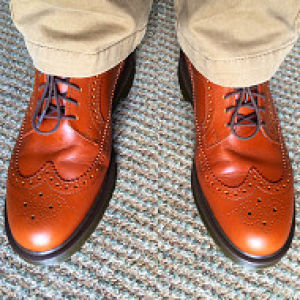Fly like a bee
Large Bee Fly – Bombylius major. Looks like a bee, but it’s not.
All week I’ve been chasing bee flies. Today I finally caught up with them in the Valley of the Vipers (which did not disappoint, although my photography did).
According to The Natural History Museum, bee flies emerge early in the year and are found from April to June. Temperature determines the distribution and emergence of Bombylius major and it will not fly in temperatures less than 17oC.
British bee-flies attack the nests and the adults of solitary bees and wasps. B. major attacks the nests of several species of ‘mining bees’. When a nesting burrow is located, the fly hovers near the entrance and from time to time, dips the tip of its abdomen to the surface of the soil to lay the eggs. Larvae that subsequently hatch actively move into the bee nest, in order to feed on the bee larvae. The parasite remains inactive until the host larva is ready to pupate. The bee-fly larva then becomes a maggot-like ectoparasite and attaches to the outside of the host, sucking out the body fluids. The pupal stage is variable, but some will overwinter as a quiescent stage that may last for two years. However, the adults also feed on nectar, the long proboscis being ideally suited to tube-like spring flowers such as primroses, as you can see.
- 4
- 1

Comments
Sign in or get an account to comment.


